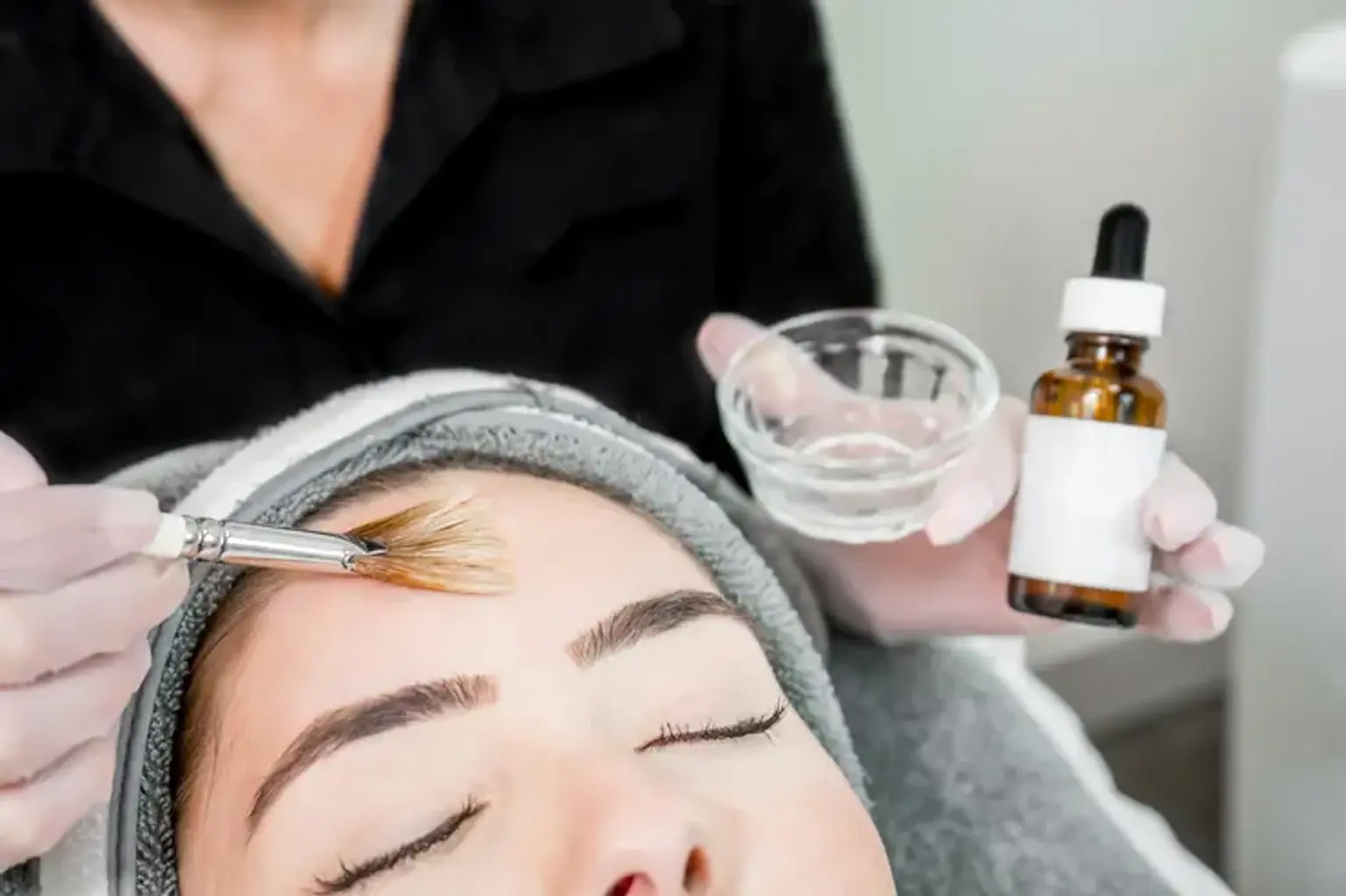Overview
Patients' emotions and facial expressions vary when they hear the words "chemical peel." Some people associate the phrase with bright, freshly exfoliated, moisturized skin. Others associate the phrase with a recent terrible experience or dramatic photos they've seen on the internet, and the notion.
Trichloroacetic Acid (TCA) is a chemical agent that is used to exfoliate and regenerate the skin on a superficial to deep level. TCA is frequently used on the face, neck, décolleté, hands, and legs. TCA is also a good "spot therapy," and can be used to just peel small regions of skin.
